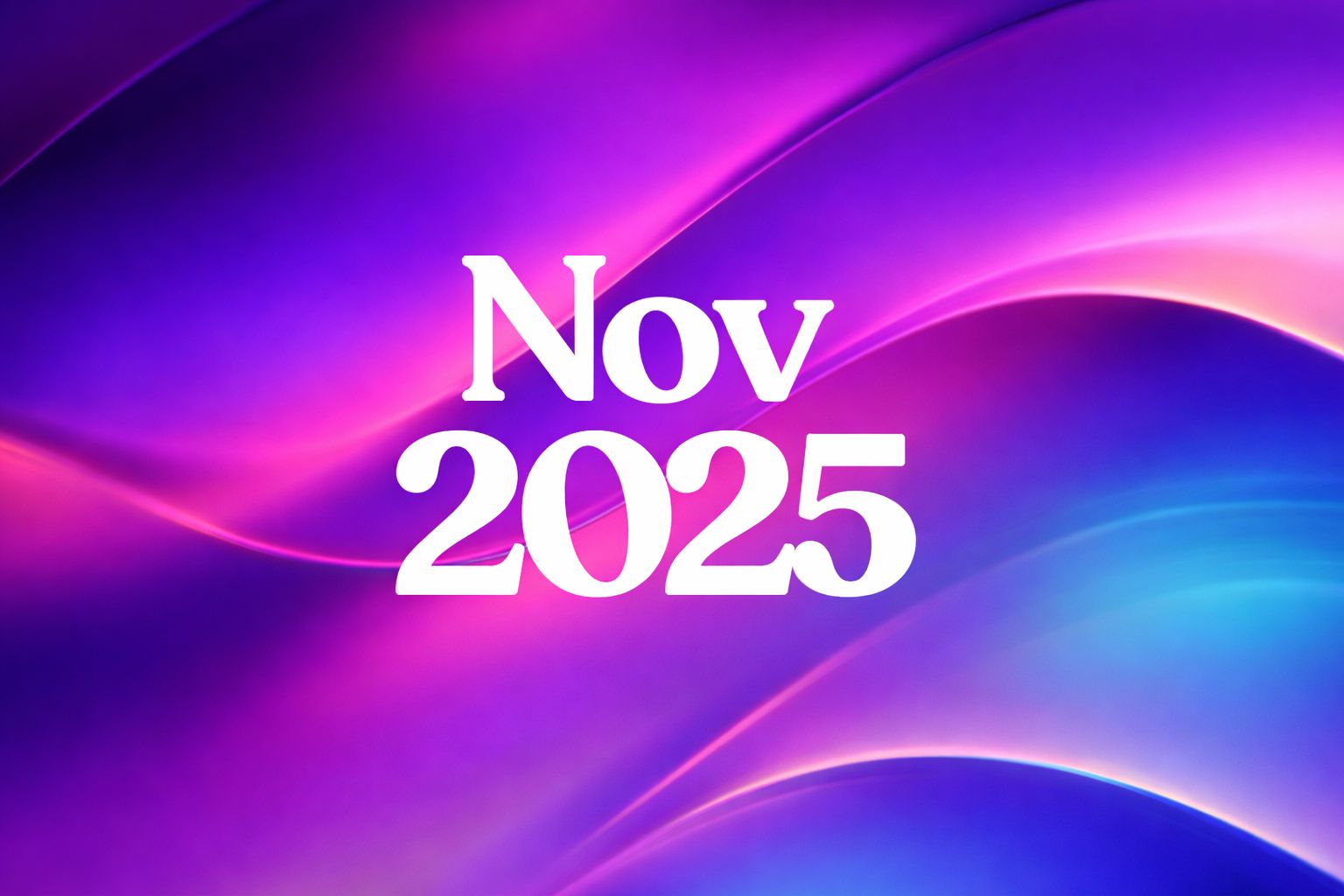Design is an object or art done in a formulaic way to make it beautiful. Symmetry and Asymmetry designs, usually planned to become a treat for many eyes. Talking about art or a design on a particular template or a card, they need a balance to look aesthetic and appropriate for all kinds of professional and other uses. A visual equilibrium should maintained in a design which has done through the two types of balance: symmetrical and asymmetrical. A balanced visual concept mastered will be more informative to the audience, hence resulting in effective communication.
Either it is symmetry and asymmetry both are responsibly related to balance. All repeating parts of an image visualize symmetry and asymmetry is everything else which is not symmetrical. A balance that achieved by using these visual principles of making a design; each element, made attractive for the audience. Let’s know more about these two ways to achieve balance.
Symmetry and Asymmetry
Symmetrical balance

A visual balance where objects included in the art equally distanced from a common central axis called as symmetrically balanced. In these kinds of designs, perfect symmetry that’s considered very pleasing; here, all objects included in the art are counterparts of one another about the axis having the same visual weight on each side. These designs have a graceful balance and look good due to its simplicity. A design with a symmetrical balance created using specific parameters which are reflection, rotational, translational and glide reflection symmetry.
Reflection or bilateral symmetry gives freedom to the central axis for positioning vertically, horizontally or diagonally without disturbing the symmetry. It is the most appropriate form of symmetry having similarity in both the halves. There are many symmetrical objects around us, but it is tough to find reflection symmetry, our bodies are symmetrical, and still, there are minute variations.
Rotational symmetry, seen in visual objects which share a common axis, distance, frequency, and angle. We usually see this kind of symmetry in flowers, although it’s used in making vases, pots and other such things. A car wheel is the best visual element to define rotational symmetry.

Translation Symmetry
A shape or an element repeating itself in different parts of the art is a translational symmetry. Repeating part of this symmetry makes it perfect for the production of sound and speed in a design. It can also applied in all directions and with no limit on length until the position of visual elements is the same.
Glide Reflection Symmetry
Glide reflection symmetry involves a shift in the position of each mirror image and rests it is similar to reflection symmetry. It gives a sense of moving ahead or back. Our footsteps are the best example as each foot produces a reflection of the other but does not line up due to movement.
Asymmetrical balance

An art having unequal weight on both sides of the axis has asymmetrical balance. These visual designs have a large focal point on one side with many, less recognizable focal points on the other sides. Any art which does not fit in all the categories under symmetrical balance is asymmetrical. Asymmetry is both helpful and challenging. Asymmetrical visual elements are time taking and hard to achieve balance but using new and unique patterns to make art is impressive. They look good, but we cannot find any symmetry. This makes our visual element more dynamic; as a result, it will help to deliver messages quickly.
An asymmetrical balance formed in many ways. For example, we can place many small elements on one side and a significant element on the other side to balance the art. This will give our design a modern look. A lot of things to considered while making a design in this criterion, and the complex relation of elements will make the design look good. Many paintings have asymmetrical balance.
Symmetry and Asymmetry designs use many techniques.
Some of the examples used in Symmetry and Asymmetry designs:

Color – Neutral colors, used to give balance to the art while making asymmetrical design.
Shape and value – Small size visual objects have less weight than larger visual objects. Light color objects have less weight than darker objects.
Texture – Different texture brings a balance to design and makes it look attractive.
Eye direction – A design should be well organized so that the spectator sees in the direction where we want them to.
Symmetry and Asymmetry in Designs – Over to You
Knowing the key concept of symmetry and asymmetry is the only way to present your thoughts to the audience through design. By taking a note of the principle of good balance an ordinary design can become good. We have to take care of all the pros and cons and then proceed carefully. If we want to make a dynamic and impactful design then both the principles of symmetry and asymmetry are good if well organized. Hence we can conclude that symmetric and asymmetry balance can also used in many ways. To create a beautiful design all you have to do is decide which type of design you want. To make it as symmetry or asymmetry in designs.





















